Sigma 85mm f1.4 DG DN Art Lens Review L Mount:
If you’re an L mount user like I am, and you’ve been looking for that classic portraiture lens, aka an 85mm with the large aperture like f1.4, there’s good news for you: Sigma released their 85mm f1.4 DG DN Art lens. Now, if you’ve been watching what Sigma has released for L mount so far, you know that there is another 85mm f1.4 in their collection. However, unlike the older version, this new one is designed exclusively for mirrorless, which means it’s basically an easier lens to manage in terms of size and ergonomics. Anyway, let’s take a closer look at this lens, and see what it’s all about.
Sigma 85mm f1.4 DG DN Art Lens Build Quality:
I have to admit, the 85mm f1.4 DG DN Art lens has become one of my favorite lenses because it’s just designed so well in pretty much every aspect. For instance, both the overall build and ergonomics are excellent. Since the 85mm f1.4 is an Art series lens, you can be sure that it is built for professional use. The 85mm f1.4 is made of a combination of aluminum and TSC (Thermally Stable Composite). The result is a lens that is very solid, and well-made with great tactile feel as well. All of this helps inspire confidence when using the 85mm f1.4 in the field. In addition, it’s design to go with you everywhere even when the weather isn’t cooperating. There is an oil repellent coating, and the 85mm f1.4 has seals that make it dust and splash proof.
↑ The Leica SL2 and the Sigma 85mm f1.4 DG DN Art Lens.
There are also quite a few useful features and functions on the lens that we should discuss. There is a focus ring for when you want to focus manually, which is very smooth in operation. I’m also happy to report there is an aperture ring, which I particularly like, and yes, it is functional when the lens is attached to the SL2. One feature I have missed since switching from the M system to the SL system is the aperture ring on my lenses. My Leica branded L mount lenses don’t have one. The 85mm’s aperture ring clicks smoothly in third stops as you rotate it through the different settings but there is also a de-click feature for the times when you prefer or need to go through the aperture settings in a smooth and noise free way. Video would be an example of a time when you might need a de-clicked aperture ring. Other features include an Iris Ring Lock switch, AF/MF Focus Mode switch, and an AFL button. You can also purchase the 85mm f1.4 in Sony E mount as well.
↑ Here’s a top view of the 85mm f1.4 attached to the SL2.
As for ergonomics and overall size, the 85mm f1.4 DG DN Art lens is quite surprising. Being that this is not only an 85mm but one with a large f1.4 maximum aperture, autofocus, and since it’s an Art lens, great optics, one would expect this lens to be on the larger size. Well, it’s definitely not a pancake lens but with that said, it is actually a very easy lens to live with in terms of size and weight. In fact, I would say it’s just about perfect when you consider all the features like focal length, etc. For instance, the length of the 85mm f1.4 is only 3.7 inches. Furthermore, it uses a 77mm filter thread, which is even smaller than my Summilux-SL 50mm’s 82mm filter thread, and the 85mm f1.4 weighs just 630 g.
I was testing this lens with my Leica SL2 the entire time I had it on loan, and it matches beautifully with the camera. The length of the 85mm f1.4 was just about right. It was never front heavy. On the contrary, it felt perfectly balanced to me in terms of weight. I could shoot all day with this combo, and I definitely did many times. In fact, I found the 85mm f1.4 actually felt a bit better in terms of balanced than even my APO-Summicron-SL 90mm f2 ASPH. The Art series is Sigma’s best line, and like other top quality glass, some of the Art lenses are on the larger and heavier side. I’m happy to report that this new 85mm f1.4 is noticeably lighter, and much easier to manage all while not sacrificing in a key area like image quality, which you’ll see further down below.
Lastly, the 85mm f1.4 DG DN Art lens does come with a lens hood as well. For the most part, I left it at home, and I didn’t experience any issues optically during normal shooting practices.
↑ The 85mm f1.4 DG DN Art lens does come with a lens hood.
Sigma 85mm f1.4 DG DN Art Lens Autofocus:
As for the autofocus, the 85mm f1.4 uses a stepping motor that provided me with a great experience. It was very fast, accurate, smooth, and quiet. There isn’t image stabilization with this lens but most cameras that the 85mm f1.4 will be used with probably have some sort of in-body image stabilization. The one in the SL2 works great with the 85mm, and is more than enough for my needs.
I use face detection quite a bit with my SL2 for my work, and the 85mm f1.4 DG DN Art lens works brilliantly with it. I have no complaints. Focusing a lens at a maximum aperture of f1.4 accurately where you can see dust on the eyelashes of your subject is no easy task, especially for a longer focal length like an 85mm lens but I am happy to report that the Sigma 85mm f1.4 can handle a task like this with ease.
The only issue that I did encounter was that this lens didn’t seem to like my SL2’s iAF mode but this could be maybe a firmware issue that may get resolved at a later date. Either way, it’s not a big enough reason to discount this lens, if you ask me. This is easily one of the best lenses to come out in 2020. In fact, if I had a lens of the year, this would be mine for 2020.
Sigma 85mm f1.4 DG DN Art Lens Image Quality:
Now, let’s talk about image quality, which is probably its best feature, at least to me. The image quality is superb. It is mind blowing how good it is at times. I was extremely happy with the results even on the first day that I took it out.
↑ Here’s a shot taken at f1.4 from a distance. I used 100 ISO here.
↑ This photo of Michelle (Instagram) was taken at f1.4 using 100 ISO.
↑ I shot this in the morning with 250 ISO and the lens set at f8.
One of the reasons why the image quality is just so good is because the 85mm f1.4 DG DN Art lens is extremely sharp. The sharpness, quite frankly, helps make the image pop out even more. At f1.4, sharpness is downright excellent. You can see all the little details imaginable, especially in the center. As I said before, you can see dust on the eyelashes of your subject. It’s pretty incredible, and to top it off, I felt the corners held up pretty nicely at f1.4 as well.
↑ Here’s a shot at f1.4 and 100 ISO just to demonstrate sharpness at max aperture.
↑ Here’s a 100% crop of the photo above. Notice how much detail is retrieved at f1.4.
↑ Here’s another shot taken at maximum aperture with the camera set at 100 ISO.
↑ Here’s a 100% crop of the photo above.
↑ Here’s one more taken at f1.4 and 200 ISO.
↑ Here’s a 100% crop of the photo above.
↑ This photo was taken at f8 and 160 ISO.
↑ Here’s a 100% crop of the photo above.
↑ This was taken at f8 and 160 ISO as well.
↑ Here’s a 100% crop of the photo above.
↑ This was taken early in the morning at f8 using 100 ISO.
↑ Here’s a 100% crop of the photo above.
Of course, as you stop the lens down to just f2, sharpness does improve a bit, especially in the corners but it is already so razor sharp at f1.4 that I don’t feel the difference from stopping down is really even that noticeable. I feel if you’re after the sharpest image possible, however, you should be between f2.8 and f8 but with that said, the lens is already so sharp at all its aperture settings that I don’t think it’s really going to matter what aperture you choose. I took brick wall shots on a tripod at all the aperture settings to test this lens in a more controlled setting, and I spent quite a bit of time looking at them all at 100%. Truthfully, besides that being a boring task haha, I didn’t see any major differences in terms of quality. This is a review, so I have to be more of a stickler but bottom line is, the 85mm f1.4 DG DN Art lens is one of those lenses you can be sure of that will perform outstandingly throughout its aperture range. You’ll get brilliant results no matter what the setting. The 85mm f1.4 is really that good.
↑ This is a photo of Trinity Church taken at f8 and 640 ISO.
↑ Here’s a shot taken at 100 ISO and f1.4.
↑ This was taken at f1.4 as well, and as you can see, it is razor sharp. 100 ISO was used here.
Of course, sharpness is not the only feature that makes a lens great. Other features need to be included, and the 85mm f1.4 DG DN Art lens has a bunch in its arsenal. For instance, the 85mm f1.4 has great contrast and color rendering. Moreover, it produces images with a nice depth; subjects simply pop out of the images. As for flare, any lens can do it, if you purposely try to make it happen but in normal shooting conditions (meaning me not purposely trying to make it flare), I didn’t really experience any issues. In other words, flare is very well-controlled. As I mentioned earlier, I left the lens hood at home for most of the time. As for vignetting, there is some at f1.4, which is normal but stopping down to just f2 does reduce it quite a bit.
↑ This was taken with wide open aperture and 100 ISO.
↑ Here’s a shot taken at f4 using 400 ISO.
↑ Here’s another shot taken in the morning at f8 and 320 ISO.
Sigma 85mm f1.4 DG DN Art Lens Bokeh:
Let’s talk about the shallow depth of field and bokeh now. The bokeh is absolutely beautiful. The rounded eleven-blade diaphragm contributes to a buttery smooth bokeh that if you ask me, can melt away even the harshest of backgrounds. This lens really produces such a beautiful effect…so much so that even though the 85mm f1.4 performs superbly throughout its aperture range, I can see someone buying this lens just for the look that it renders at f1.4. The more Sigma lenses I use, the more I feel they are some of the best when it comes to smooth bokeh, and that ultra isolation of isolates your subject. The 85mm f1.4 is definitely no exception; in fact, I feel it’s one of their best in this category.
↑ This was taken at f1.4. I don’t usually get the greatest sunset lighting during the colder months but Michelle (Instagram), and I were lucky here. It was very brief but nice.
↑ Here’s a photo taken at f1.4 during the early morning hours. 100 ISO was used here.
↑ This was taken at f1.4 using 100 ISO.
I really wish I had more of a chance to use the 85mm f1.4 DG DN Art lens for more portrait work but with covid times, it isn’t as easy as it was before to review a lens or to even schedule a shoot. I did manage to do a couple of shoots though but I haven’t had time to edit them yet, so I may either add those photos here in the future or write up a separate post for them. But I have included several photos here that should demonstrate the bokeh that comes out of this lens.
↑ Here’s another example at f1.4. I used 200 ISO here.
↑ Here’s one taken at f1.4 and 125 ISO.
↑ This was taken with 100 ISO and at f1.4.
As I said, if you’re after that isolation effect, it really is one of the best lenses to get from Sigma. In my opinion, it really is one of the best regardless of manufacturer. It does have a modern look but with hints of old school, if that makes sense. What I also love about this lens is how it transitions from an extremely sharp, and defined subject to a beautifully blurred, and dream-like background. The way a lens transitions from something like that to me, says a lot about it, and let’s just say, the 85mm f1.4 is a champ at it.
↑ Here’s another taken at f1.4. 640 ISO was used.
↑ Here’s another taken at f1.4 and 100 ISO.
↑ This was also taken at f1.4. 100 ISO was used.
Image quality wise, the 85mm f1.4 is just a freaking fantastic lens. It scores superbly on test charts but truthfully, the images are what really matters, and I literally fell in love with what this lens delivers, and also how it handles ergonomically. This was a loaner, and trust me when I say that I did not want to send it back.
↑ Here’s one taken at f1.4 and 100 ISO.
↑ Here’s another taken wide open using 100 ISO. The bokeh from this lens is always buttery smooth.
↑ Here’s one more taken at f1.4. 100 ISO was used.
↑ Here’s a 100% crop of the photo above.
Sigma 85mm f1.4 DG DN Art Lens Pros And Cons:
Sigma 85mm f1.4 DG DN Art Lens Pros:
- Build quality excellent.
- Dust and weather sealed.
- Size, weight, and overall ergonomics excellent.
- Great autofocus.
- Image quality superb.
- Bokeh is incredible.
- Price makes this lens a steal.
Sigma 85mm f1.4 DG DN Art Lens Cons:
- In my mind, none.
Sigma 85mm f1.4 DG DN Art Lens Verdict:
After getting the opportunity to review the Sigma 85mm f1.4 DG DN Art lens, it has become one of my all time favorite lenses regardless of manufacturer. I simply love this lens. It has everything going for it. For one, the build is excellent; this lens is designed, and will handle professional use. It’s an 85mm f1.4, which is the classic portraiture lens to a lot of photographers yet it is still easy to handle in terms of size and overall ergonomics. The autofocus is great as well. Image quality is mind-blowingly good, and the bokeh is some of the nicest out there regardless of manufacturer. For all of this, the 85mm f1.4 costs just $1,199.
↑ This was taken in the morning at f4 with 100 ISO.
Now, I know that is still not cheap but for a high end portrait lens, that’s actually pretty decent. Plus, let’s compare it to Leica’s offerings, such as, the APO-Summicron-SL 75mm f2 ASPH or the APO-Summicron-SL 90mm f2 ASPH. Both of those lenses are absolutely superb. I have a lot of experience with the 90mm because I’ve owned it since it was released, and it is quite frankly the best 90mm I’ve ever used. But both those lenses break the $5k barrier. The 75mm is $5,295 and the 90mm is $5,695. Plus, both those lenses do not offer the f1.4 aperture (I may do a comparison between the Sigma 85mm f1.4 and the APO-Summicron-SL 90mm in the near future).
↑ One more photo of the Leica SL2 and the Sigma 85mm f1.4 DG DN Art lens.
My point is, the Sigma 85mm f1.4 DG DN Art lens offers quite a lot here. You’re getting what I feel is a reference quality lens that is also priced quite competitively, and it’s available for L mount, which is awesome. As I said before, if I had to pick the best lens to come out of 2020, this would be mine. I just feel like it offers so much, and in such a nice package. If you’re in the market for a portrait lens for your L mount camera, I would highly recommend this one.
Thanks for taking the time to read my review! If you’re considering purchasing the Sigma 85mm f1.4, and my review helped you decide, please help support this site by purchasing from the links below or any mentioned in this review. It will not cost you anything extra. Thank you for your support!

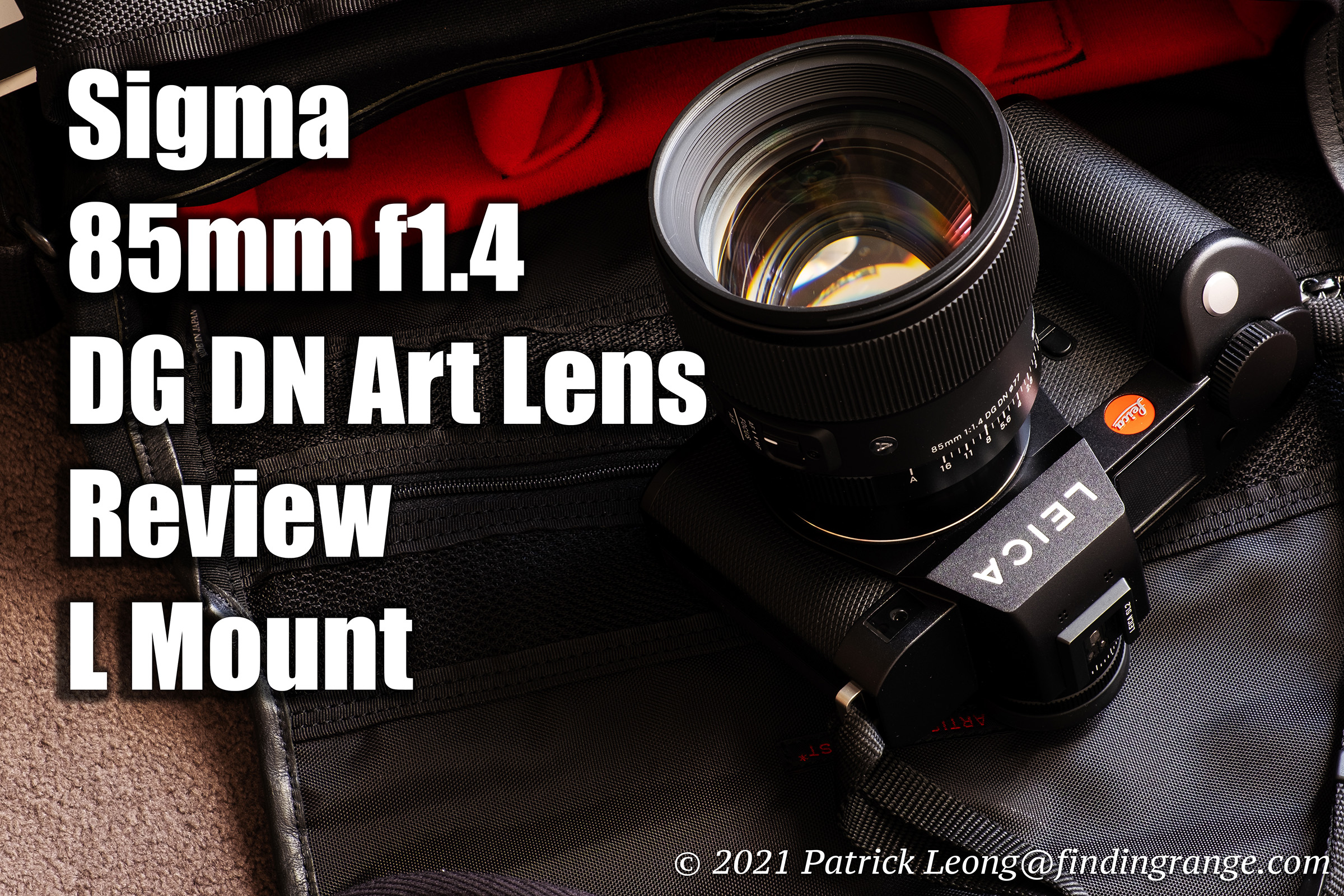
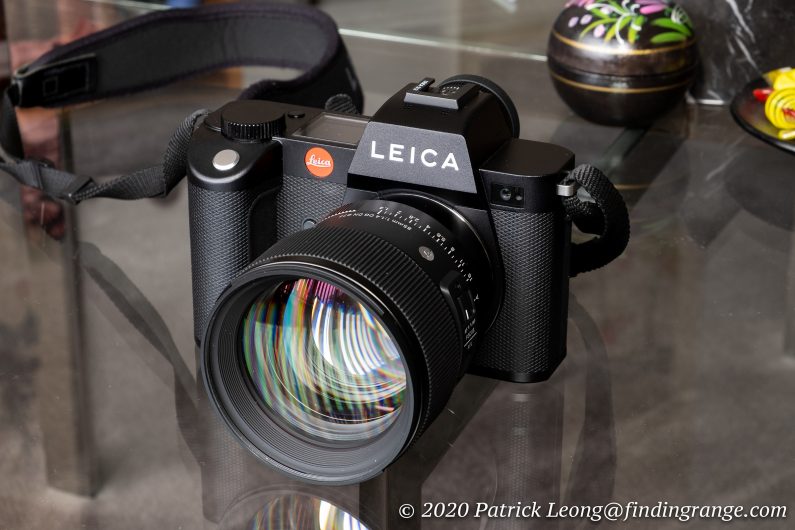
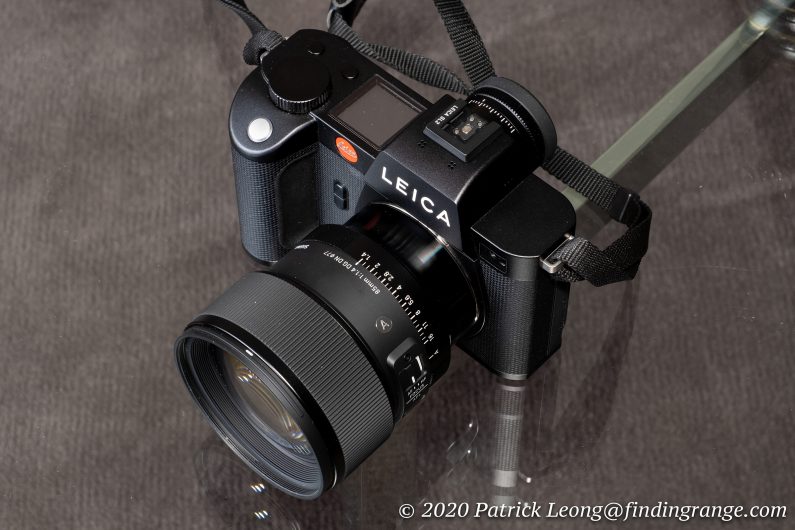
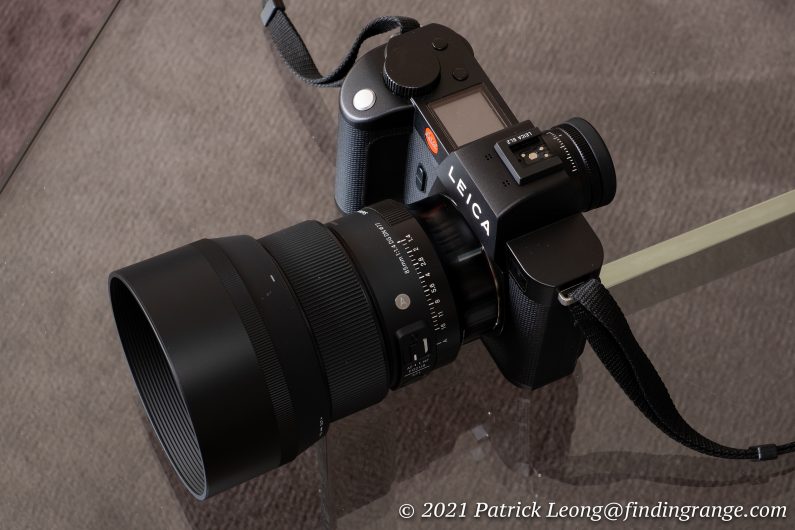
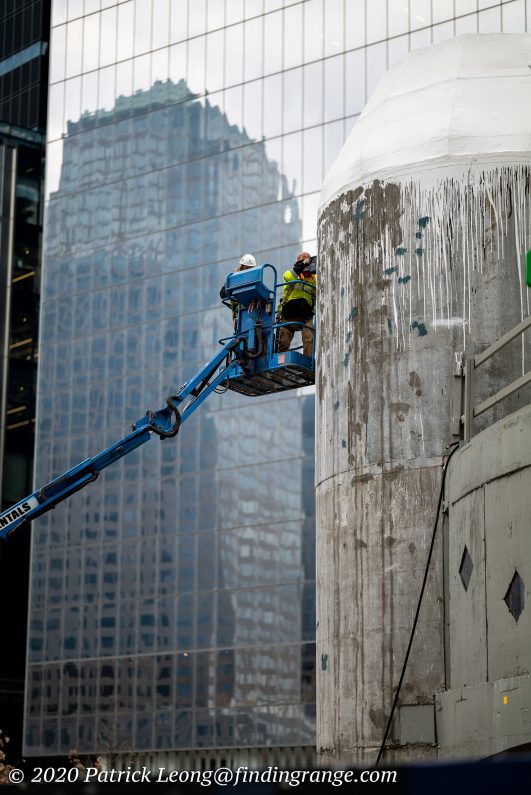
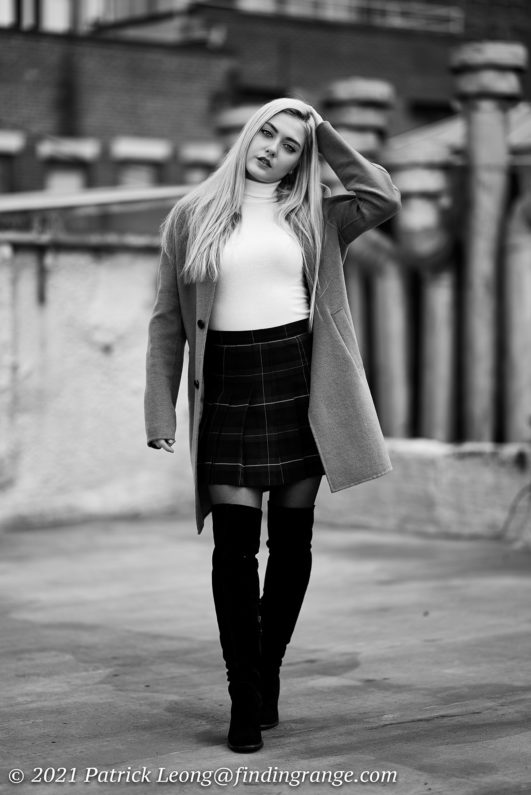
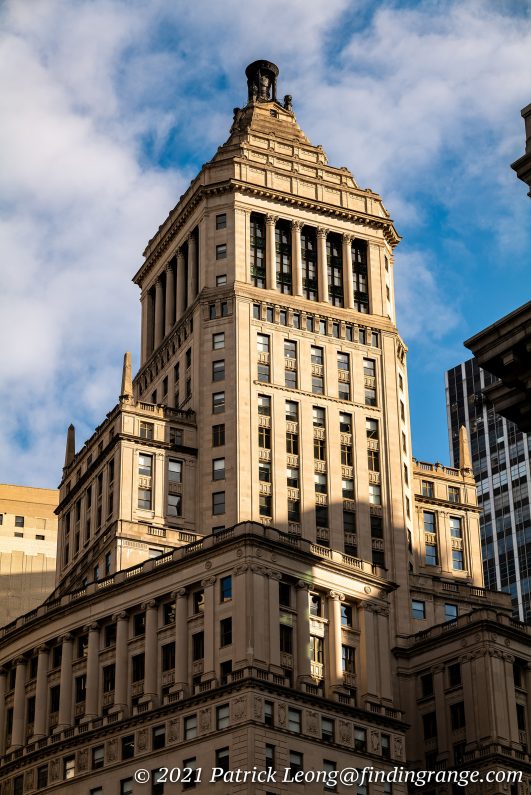

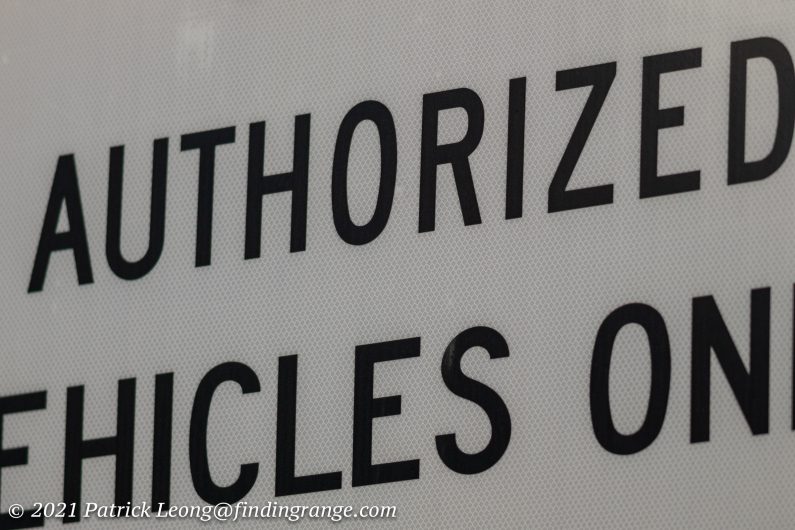
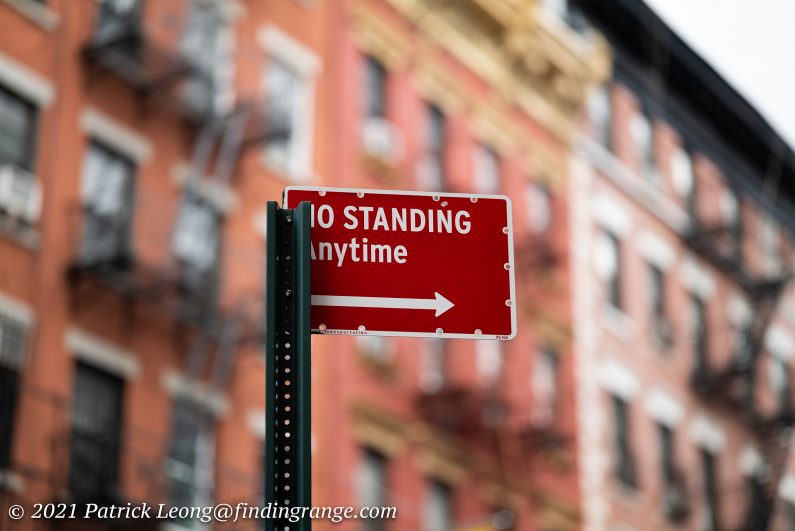
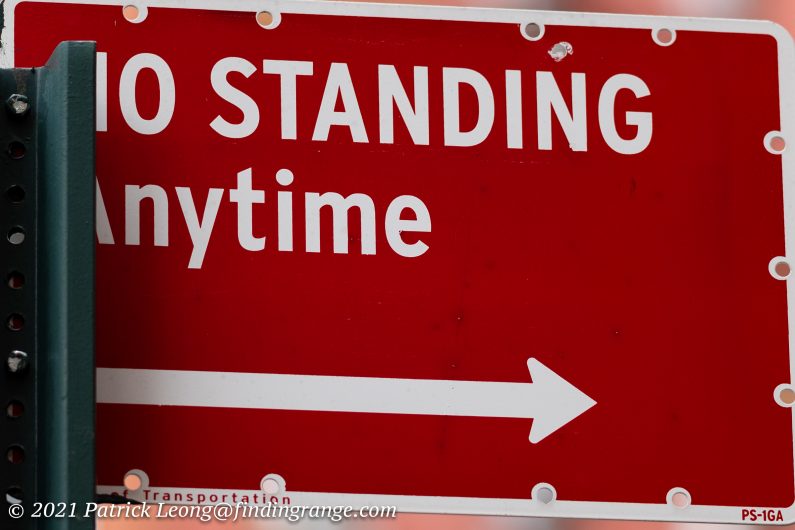
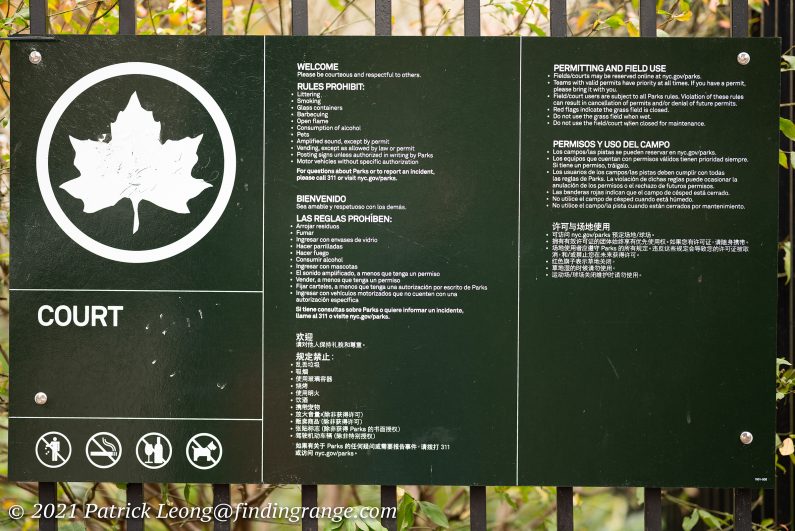
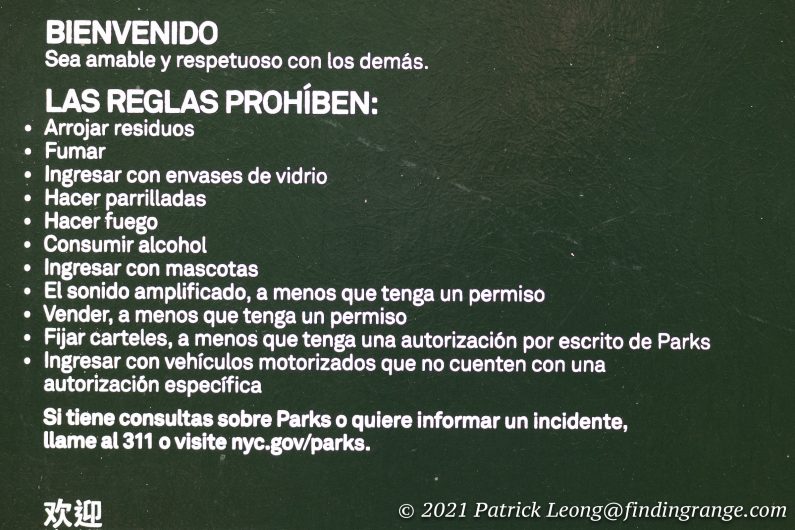
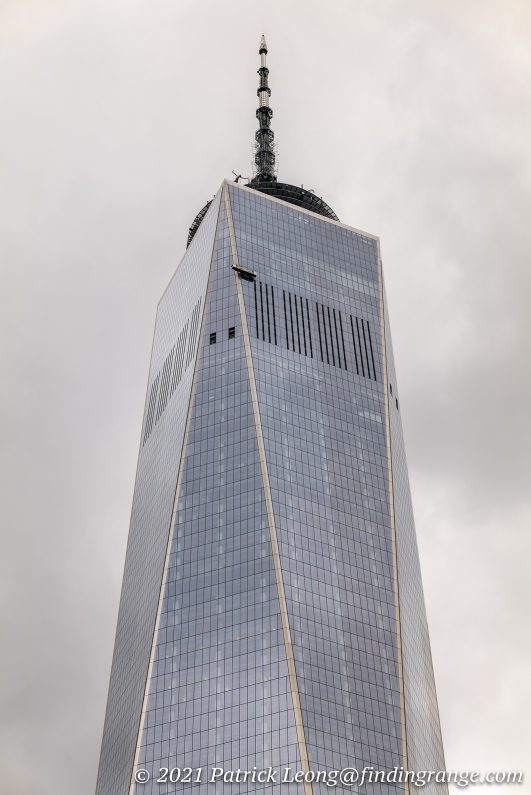
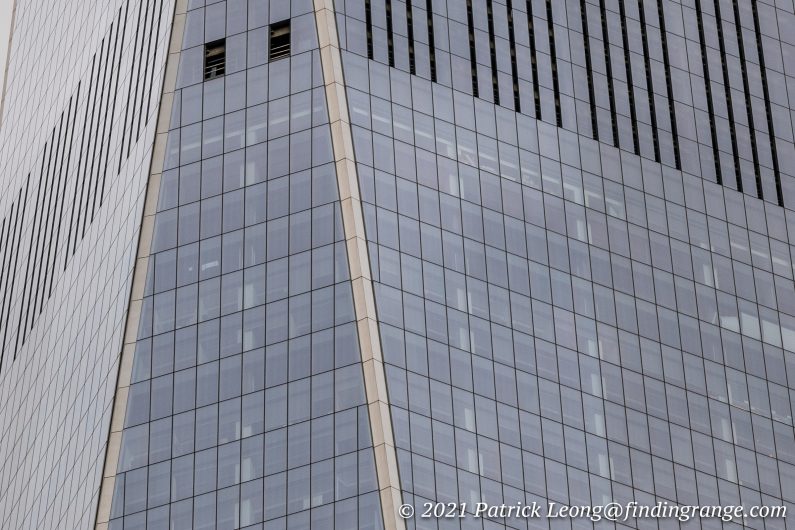
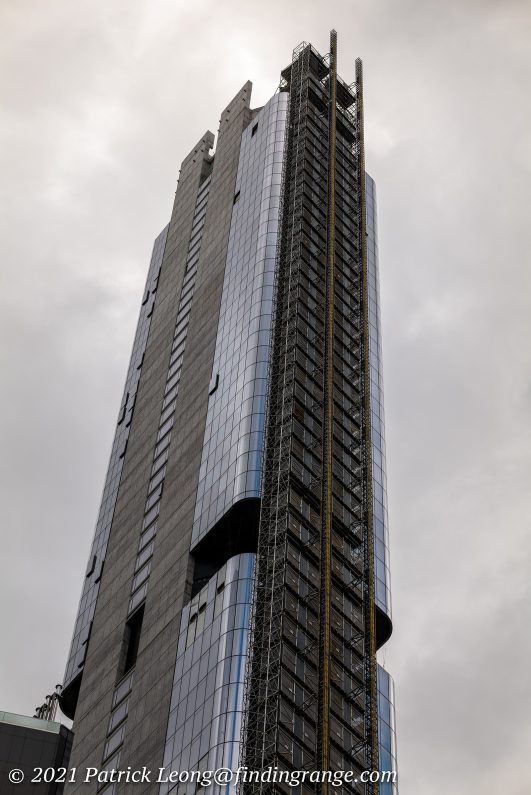
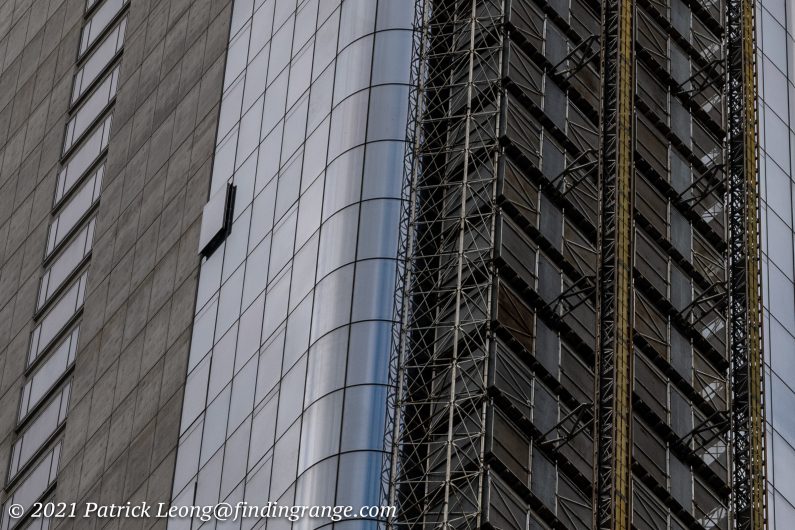
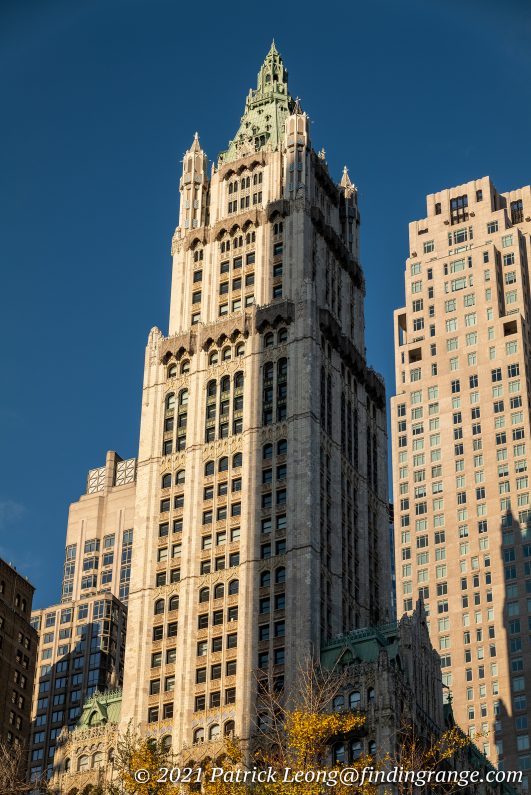
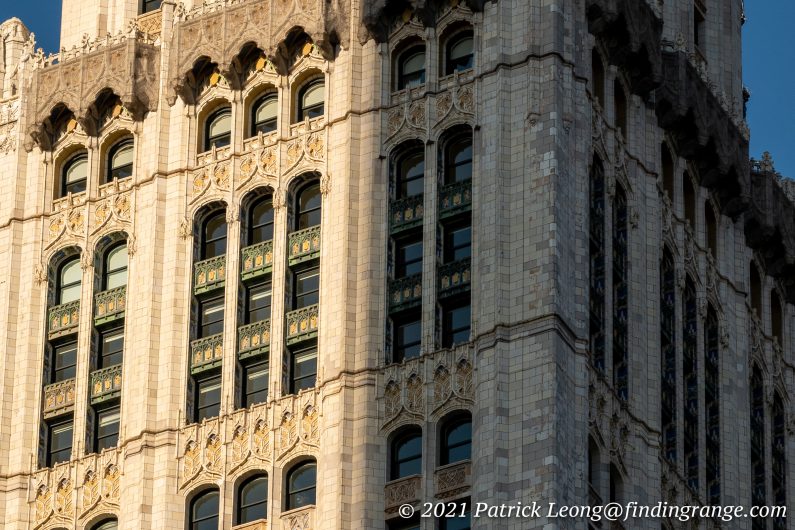
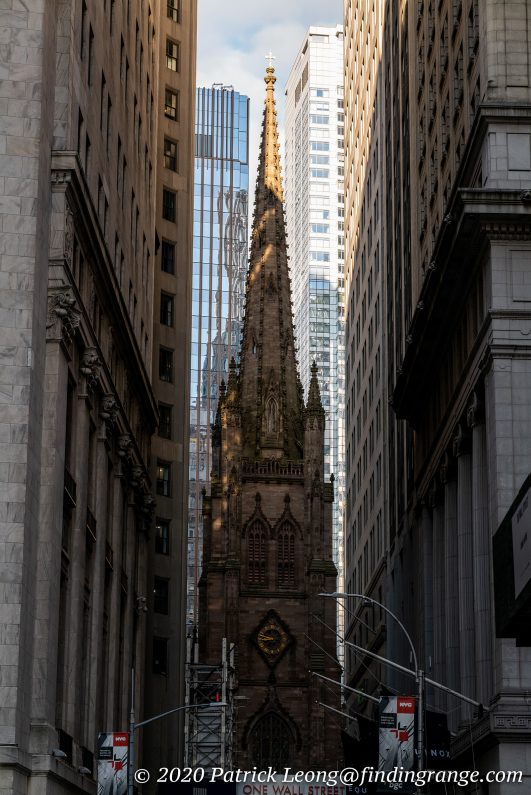
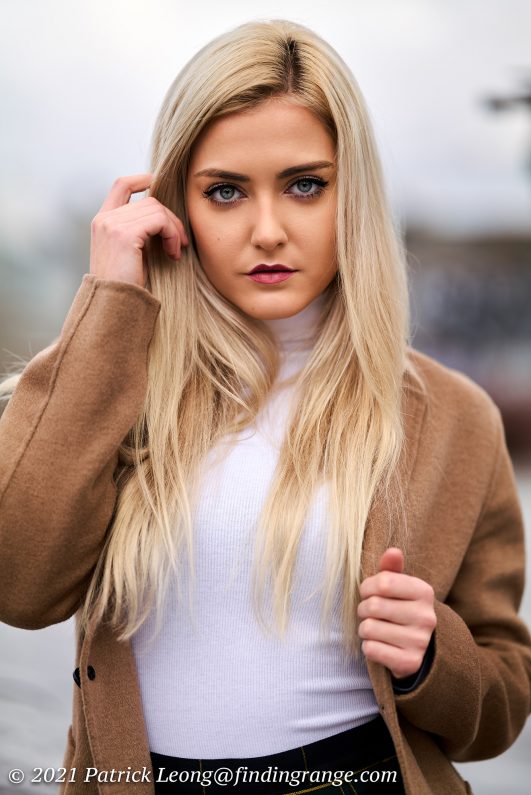

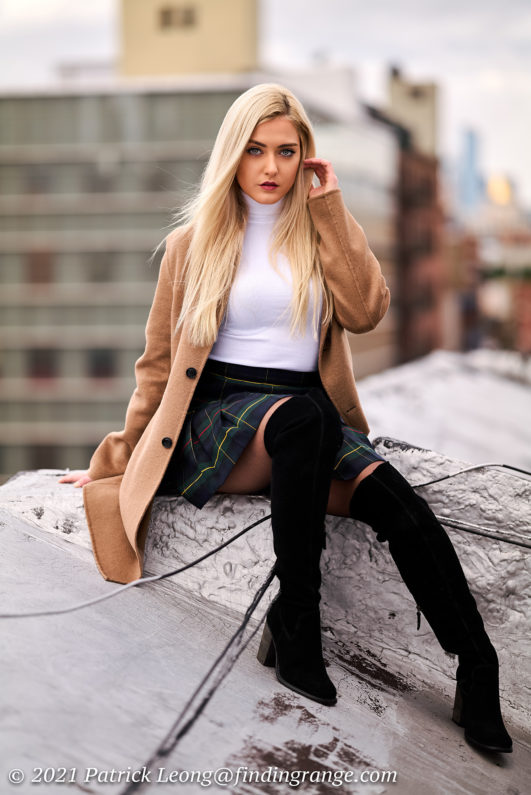
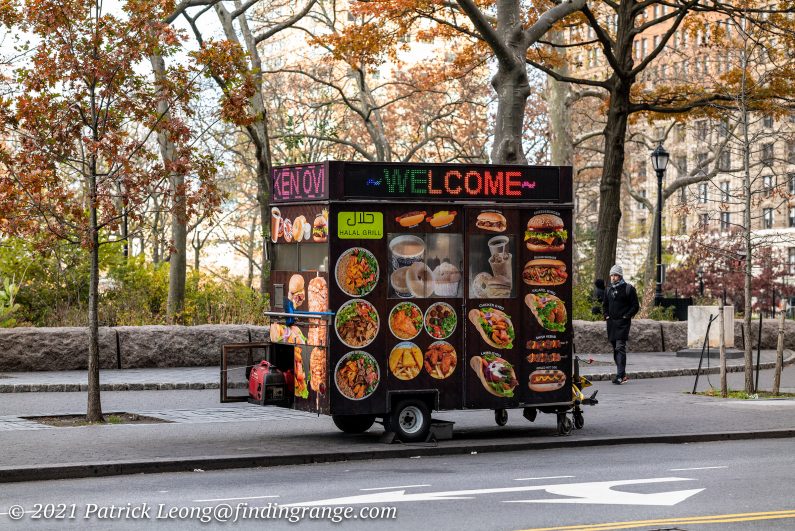
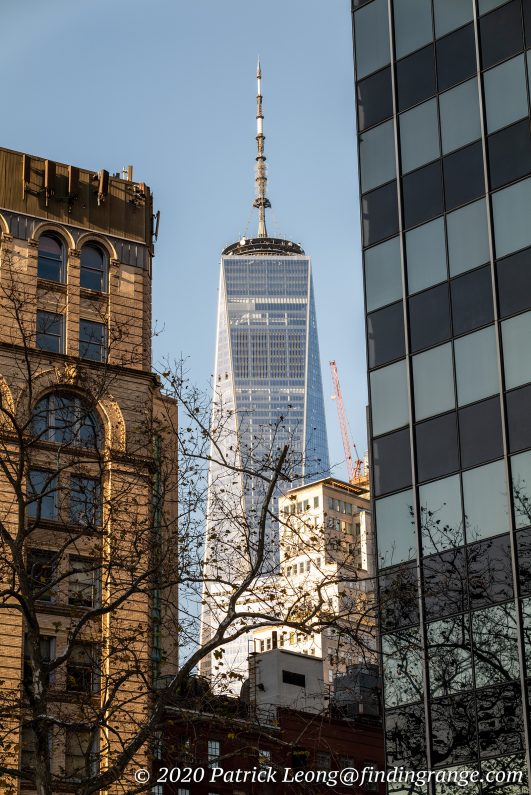
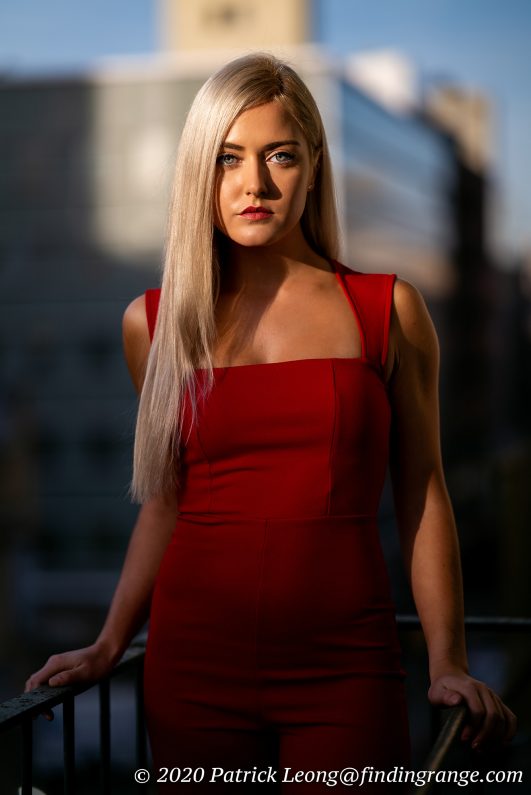
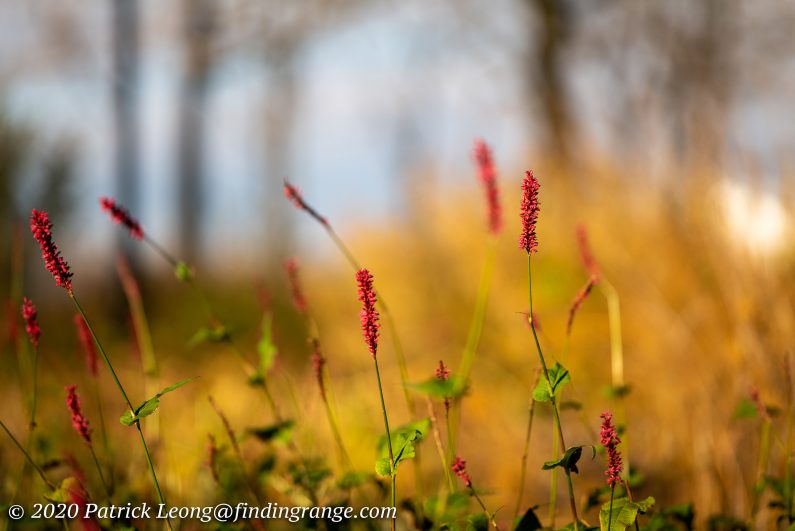


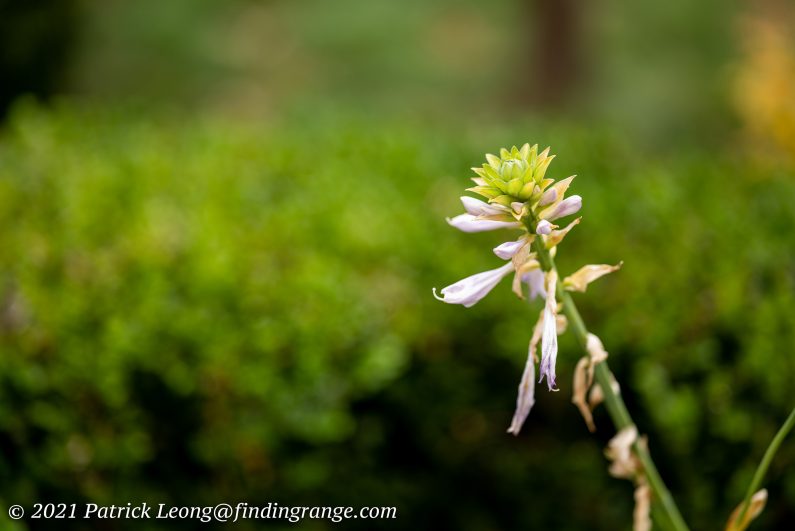
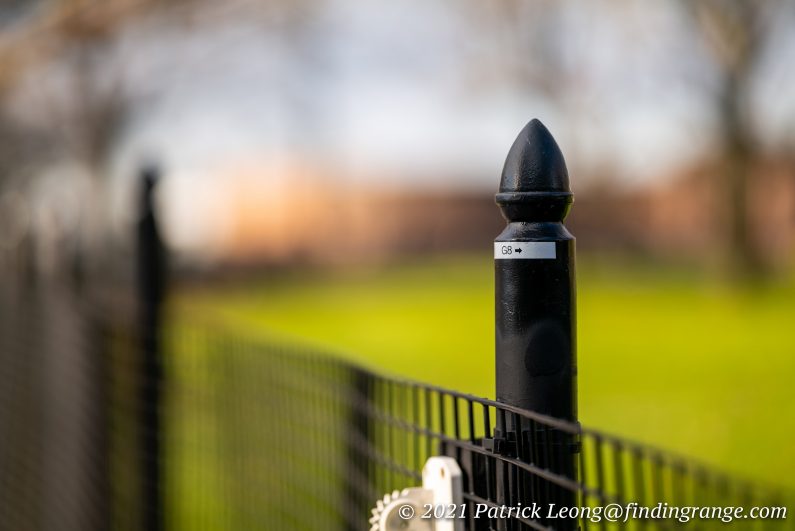
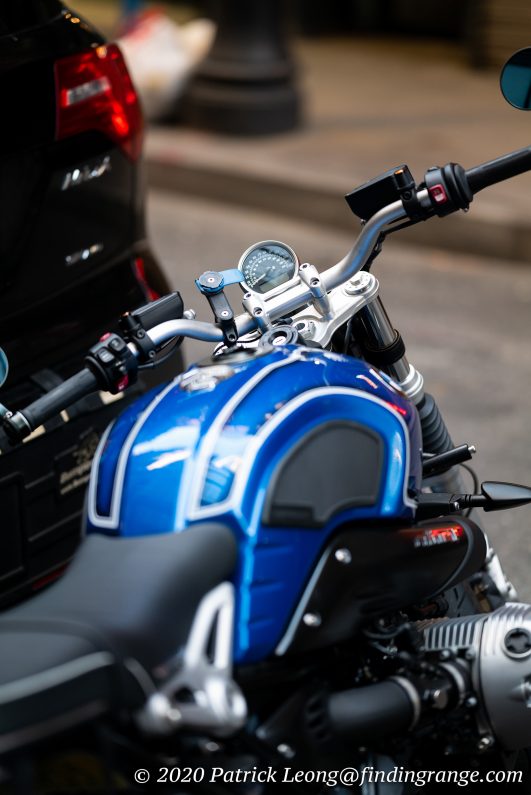


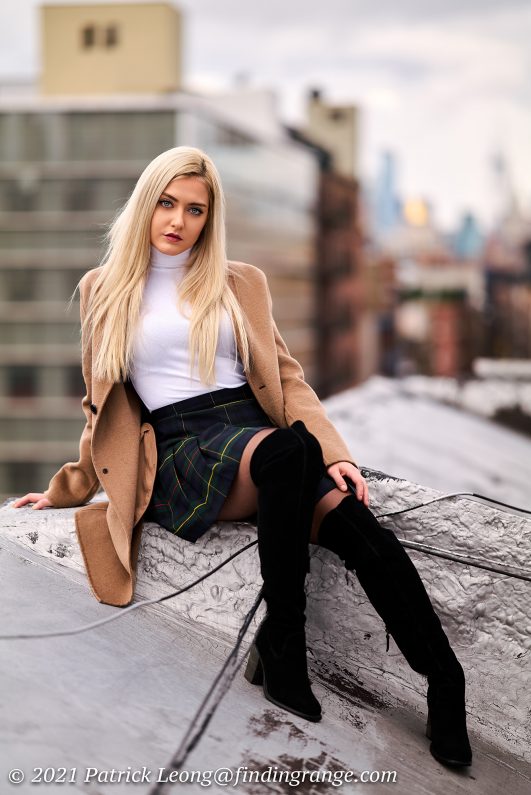
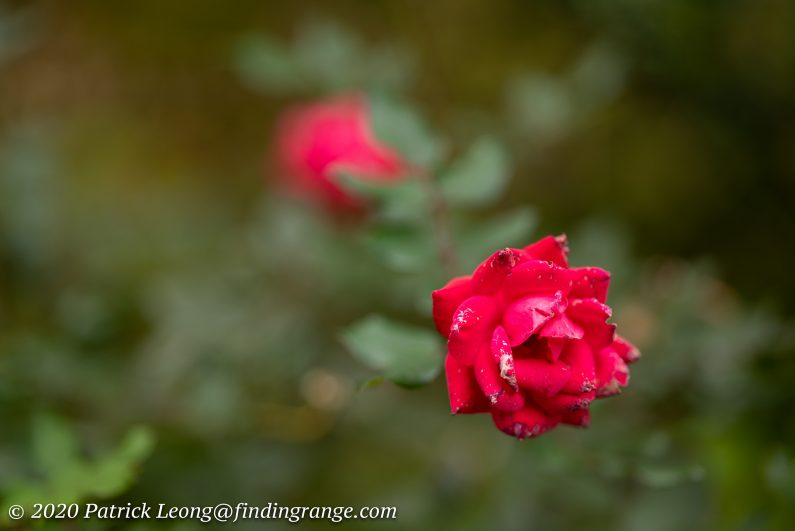
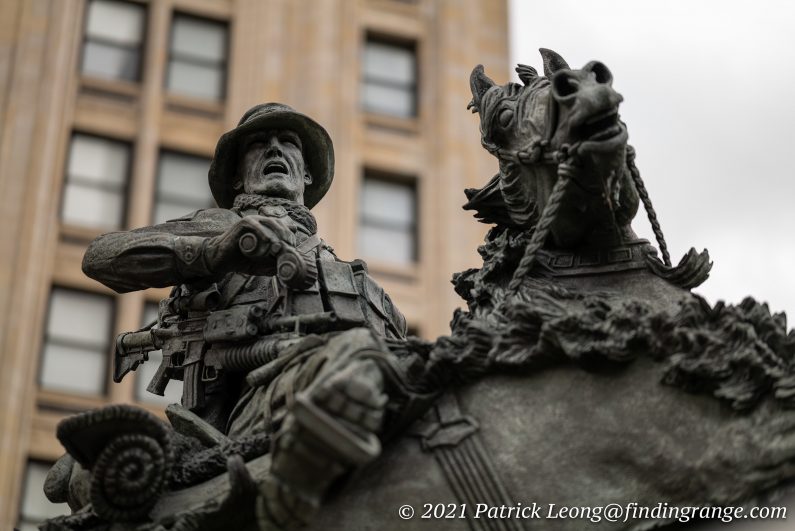
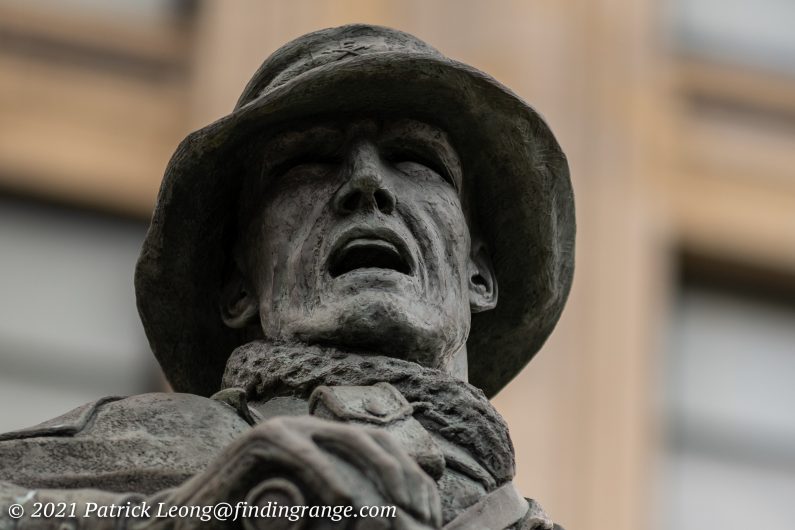


Hello Patrick. the pictures look extremely sharp and really organic.
How is manual focussing ob the SL? Especially how is focus-by-wire doing and feeling for you in this combination?
Thanks,
Florian
Hi Florian,
It’s definitely not going to feel like a true manual focus lens like one of the M or Voigtlander lenses but the focus ring is still is very smooth. It also offers decent resistance, so you can focus more precisely at f1.4. The autofocus is really decent though, so most of the time, I was in that mode. If say you’re using this lens to take portraits, you’ll get tack sharp images with face detection. I hope this helps, and thanks for leaving a comment!
Best,
Patrick
I bought this lens for my @7iii and it is really sharp at 1.4. Since years I always haven sharpen up my pictures in Lightroom but not with the Sigma. For the first time I even reduced the sharpness from 40 to 20 on some pics ^^
One of my favorite lenses is the Biotar 75 1.4 but without autofocus it sux sometimes. The Sigma does nice job, the bokeh is really nice and the autofocus very fast and quiet.
Hi Markus,
Apologies for the late reply! I have been really busy lately!
This is still one of my favorite lenses to ever come out from any manufacturer. To me, it’s just about perfect. I have not used the Biotar 75mm before but I imagine it’s not easy to focus that sometimes haha. I have a lot of difficulties with my 75mm Lux now ;).
Best,
Patrick
Hi Patrick, read this and your SL90 comparison. Very helpful. IMHO you are one of the best reviewers on the web because you don’t get caught up in the details — you talk about the photos you want to take and how the lens works for you in achieving them. That’s what it is all about. Don’t stop! Cheers, Robert
Thanks again, Robert! It means a lot, and yes, at the end of the day, what really matters is what you shoot! Little details is nice but it’s not going to really matter as much, in my humble opinion. Take care, and I look forward to talking to you soon,
Best,
Patrick
Merci pour ce bel essais, c’est vrai qu’en voyant tes images, je les trouve terribles. Et pour le prix d’un objectif Leitz, on peut s’en payer des Sigma Art.
Cordialement, Jeff.
Hi Benedetti,
Thank you for the kind words! Sigma does make fantastic lenses for L mount, especially the Sigma Art Series :). Thank you for stopping by and leaving a comment!
Best,
Patrick
really appreciate your review.its excellent! i noticed most images were taken at low ISO and i totally understand but i am curious about images at higher settings like 1600,3200, and at a maximum of 6400. the reason being much of my shooting is at night.
Hi Zen,
Apologies for the late reply! Been a busy summer. Thanks for the kind words, and for taking the time to read my review!
Yes, I usually try to shoot at lower ISO when reviewing lenses but I will look back at some of my images, and see if I have any examples at higher ISO. If I do, I’ll put them up, and let you know. I hope this helps. Have a great weekend,
Best,
Patrick